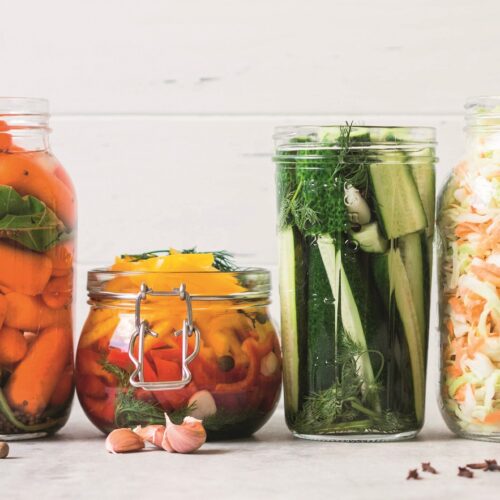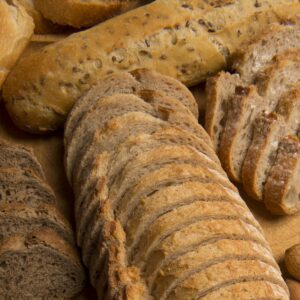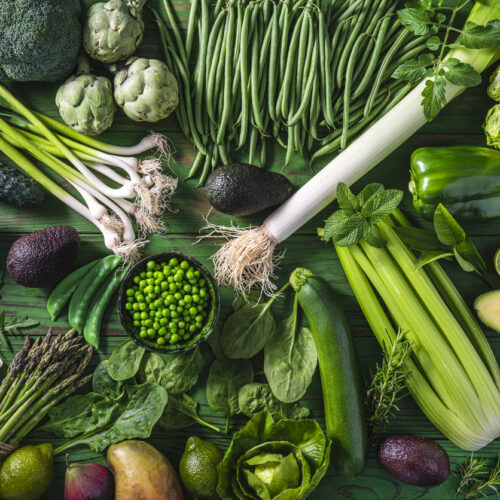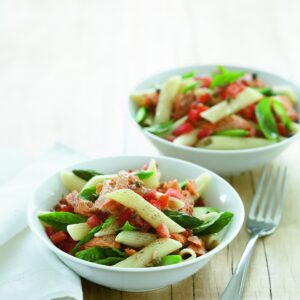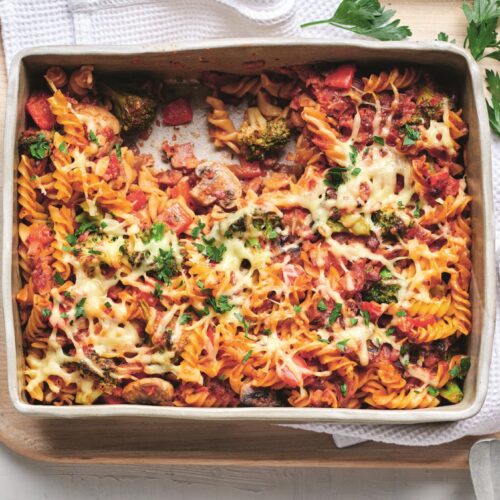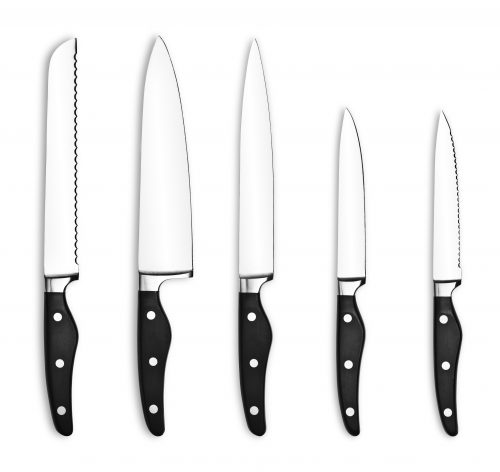
A good knife is an important kitchen utensil. Sarah Swain gives us a valuable knife lesson.
How to choose a knife
- Buy the best quality you can afford. A good quality knife will last you a lifetime and pay for itself many times over in saved labour.
- If your budget is limited and you can only afford one knife, choose a knife with a 25cm blade. A good quality forged knife this size will last for years and do everything from finely chopping parsley to cutting large root vegetables.
- Look for a knife with a good curve on the blade so it will rock from the tip. The blade needs to be reasonably deep to allow room for your knuckles.
- The best knife handles are made from wood impregnated with plastic to seal it. The less expensive plastic handles are easier to keep clean but don't provide the same grip.
- Choose a knife that feels comfortable, is heavy and well-balanced.
- Invest in a steel for sharpening your knife (see below).
- A serrated bread knife is also useful.
Caring for your knives
- Always wash and dry knives after use. They're best washed by hand, not in the dishwasher.
- If your knives are stained, clean them with half a lemon sprinkled with salt. If that doesn't work, use a scouring pad – but only occasionally.
- Don't store knives in a drawer as their blades will get damaged and you may cut your hands when reaching for them.
- Store knives in a wooden knife block or knife magnet.
- Get your knives professionally sharpened every once in a while to keep them at their best.
How to keep your knives sharp
- Hold the steel vertically with the tip on a non-slip surface. If you are using a chopping board, it's a good idea to put a damp tea towel underneath to keep the surface stable. Put the knife edge where
it joins the handle at the top of the steel, with the blade pointing downwards at a 20° angle. - The knife is worked from the top of the steel to the bottom. Keep the angle constant and draw the blade across the steel so by the time you've reached the bottom of the steel, you are sharpening the tip of the blade.
- Repeat step 2. Drag the other side of the blade down the steel, always keeping the 20° angle. Repeat both sequences until the blade is sharp. Once sharp, carefully wipe the blade with a cloth to remove any particles.
Knife techniques
Holding a knife correctly will improve cutting efficiency and ensure safety in the kitchen.
- For chopping and slicing
Hold the knife with your thumb and forefinger on either side of the blade, just below the handle, to prevent it rolling in your hand. Bend the fingertips of the other hand out of harm's way and cut smoothly through the food. - Chopping herbs
Take a bunch of your chosen herb and use one hand to hold it securely, keeping your fingers tucked in. Chop herbs using a rocking motion, turning the pile halfway through, until you have the size you want. - Chopping garlic
Lay a garlic clove unpeeled on the chopping board and place the side of the blade of a chef's knife on it. Lightly strike the blade using your fist or your hand to break the garlic skin. Peel the skin. To begin, chop
the garlic roughly. Gather the pieces together and chop more finely. Continue chopping until the garlic is very fine. To make a paste, alternate pressing and smashing the garlic on the board as you chop.
Peeling and slicing onions
If you can cut even-sized onion pieces, your dish will benefit from an even flavour throughout.
- Use a large knife to cut onion in half lengthways through the root. Peel off the skin but leave the root on to keep onion halves together.
- Lay one half flat-side down. Cut onion half vertically, slicing through layers, cutting up to but not through the root end.
- Cut across the vertical slices to get even diced pieces. Discard the root end.
Recipe idea
Making a colourful salad is simple – if you have a good knife. You can vary how you slice your vegetables. A little chicken goes a long way in this Fruity chicken and avocado salad recipe.
© Healthy Food GuideAll rights reservedReproduction without permission prohibited
www.healthyfood.com
www.healthyfood.com


